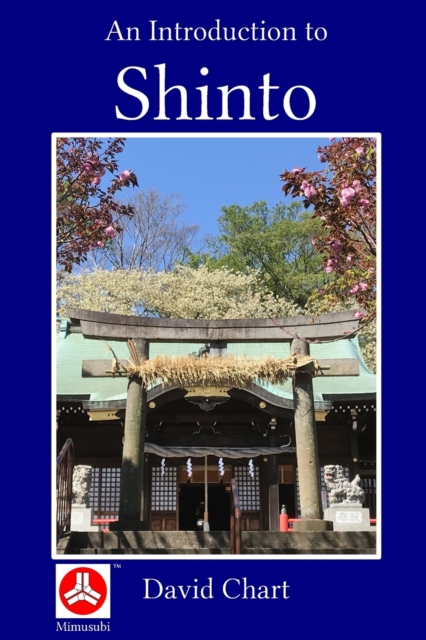An Introduction to Shinto

An Introduction to Shinto
Shinto is the native religious tradition of Japan. This book describes the way that Shinto is practised today, in the early 21st century, focusing on its ceremonies, called matsuri, and sacred spaces, known as jinja, and also discusses three individual jinja in some detail: Jingū at Ise, arguably the most sacred site in Shinto, Yasukuni Jinja in Tokyo, clearly the most controversial, and Shirahata Hachiman Daijin, a "typical" jinja in Kawasaki. Other chapters cover Shinto theology, Shinto's history and place in contemporary Japanese society, and a discussion of the famous myth of Amaterasu Ōmikami and the cave of heaven.
David Chart is a naturalised citizen of Japan, and has lived there, studying Shinto, for over twenty years. He currently works for the largest Shinto organisation in Japan (Jinja Honchō), as a consultant on their outreach to non-Japanese. (Note that this book is an independent project, however, and its contents are not endorsed by Jinja Honchō or any of the other Shinto organisations mentioned in the text.)
The paperback edition is printed in black and white, including the images.
PRP: 154.92 Lei
Acesta este Pretul Recomandat de Producator. Pretul de vanzare al produsului este afisat mai jos.
139.43Lei
139.43Lei
154.92 LeiLivrare in 2-4 saptamani
Descrierea produsului
Shinto is the native religious tradition of Japan. This book describes the way that Shinto is practised today, in the early 21st century, focusing on its ceremonies, called matsuri, and sacred spaces, known as jinja, and also discusses three individual jinja in some detail: Jingū at Ise, arguably the most sacred site in Shinto, Yasukuni Jinja in Tokyo, clearly the most controversial, and Shirahata Hachiman Daijin, a "typical" jinja in Kawasaki. Other chapters cover Shinto theology, Shinto's history and place in contemporary Japanese society, and a discussion of the famous myth of Amaterasu Ōmikami and the cave of heaven.
David Chart is a naturalised citizen of Japan, and has lived there, studying Shinto, for over twenty years. He currently works for the largest Shinto organisation in Japan (Jinja Honchō), as a consultant on their outreach to non-Japanese. (Note that this book is an independent project, however, and its contents are not endorsed by Jinja Honchō or any of the other Shinto organisations mentioned in the text.)
The paperback edition is printed in black and white, including the images.
Detaliile produsului









